
A staggering $84 billion in gold lies hidden beneath China’s Wangu gold field—but at what cost? This massive discovery is poised to reshape the global gold industry, fueling economic growth and attracting international interest. However, the rush to extract these riches could threaten delicate ecosystems and disrupt local wildlife habitats. As mining operations expand, concerns are mounting over the environmental toll of this newfound fortune.
Gold Treasure Discovery
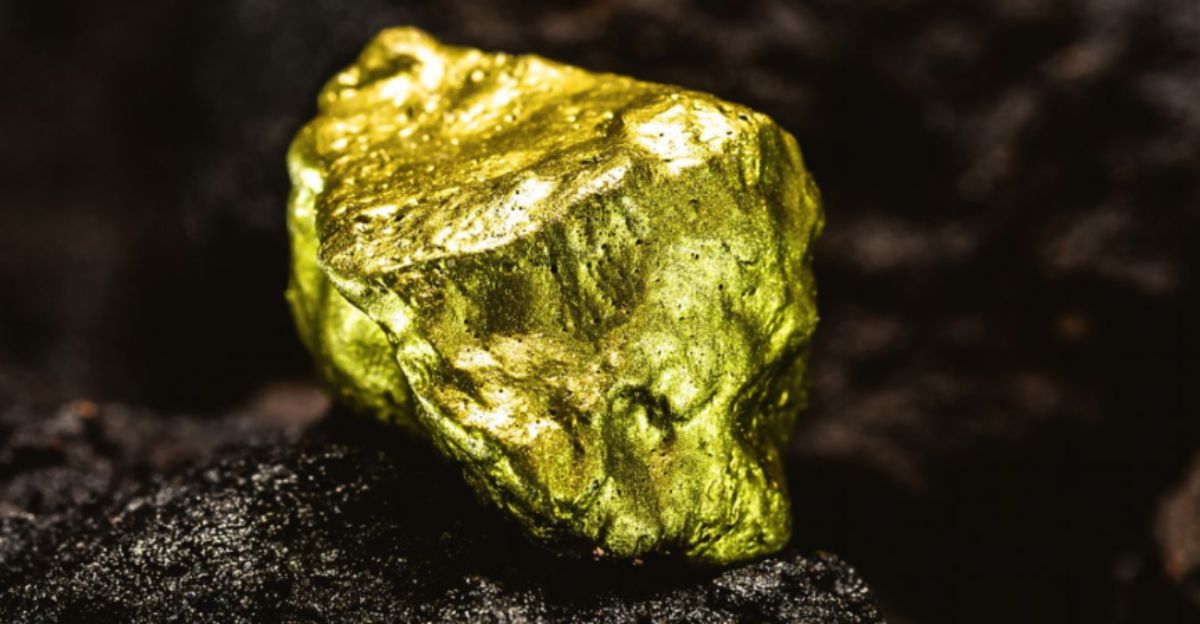
Geologists in China have made a groundbreaking discovery—over 40 gold veins running more than 2,000 meters deep beneath the Wangu gold field. Preliminary estimates suggest these veins contain approximately 300 metric tons of gold. However, further drilling beyond 3,000 meters indicates that the total gold deposit could potentially exceed 1,000 metric tons. If confirmed, this would rank among the largest gold discoveries in history, igniting both economic excitement and environmental concerns.
A Rare and Rich Find
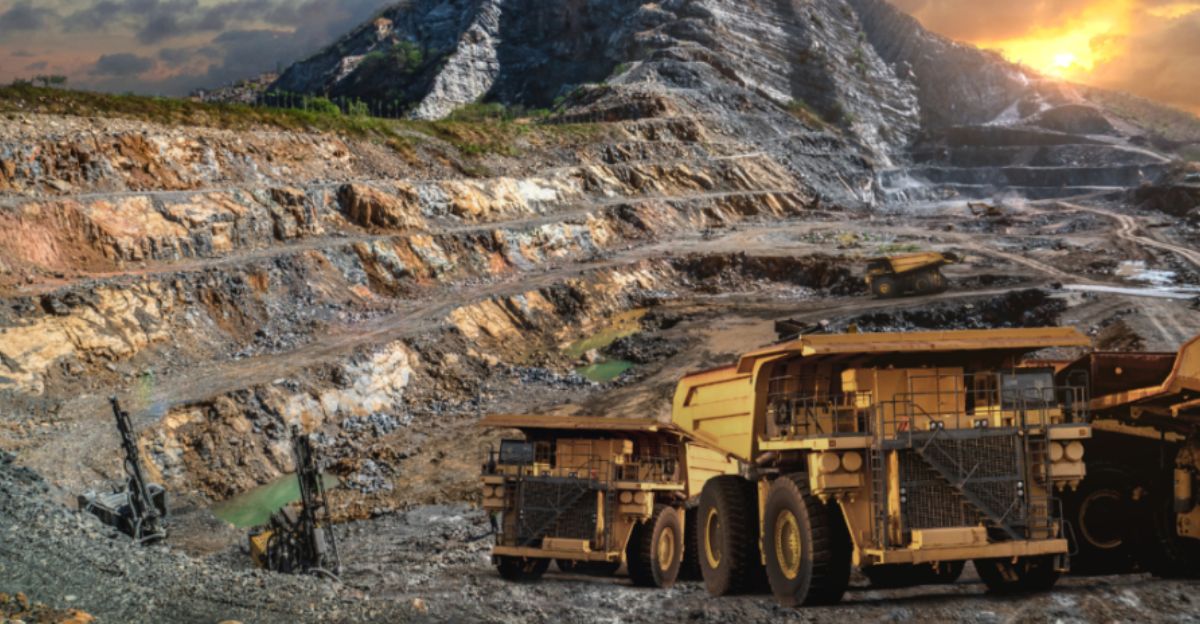
The concentration of gold in these newly uncovered deposits is striking. According to geologist Chen Rulin, some rock samples contain up to 138 grams of gold per metric ton—an exceptionally high-grade mineralization. Such rich deposits make large-scale extraction more profitable, lowering production costs and intensifying interest in mining expansion. However, as extraction efforts ramp up, the potential disruption to surrounding ecosystems raises serious questions about balancing profit with preservation.
Cutting-Edge Mining Technology
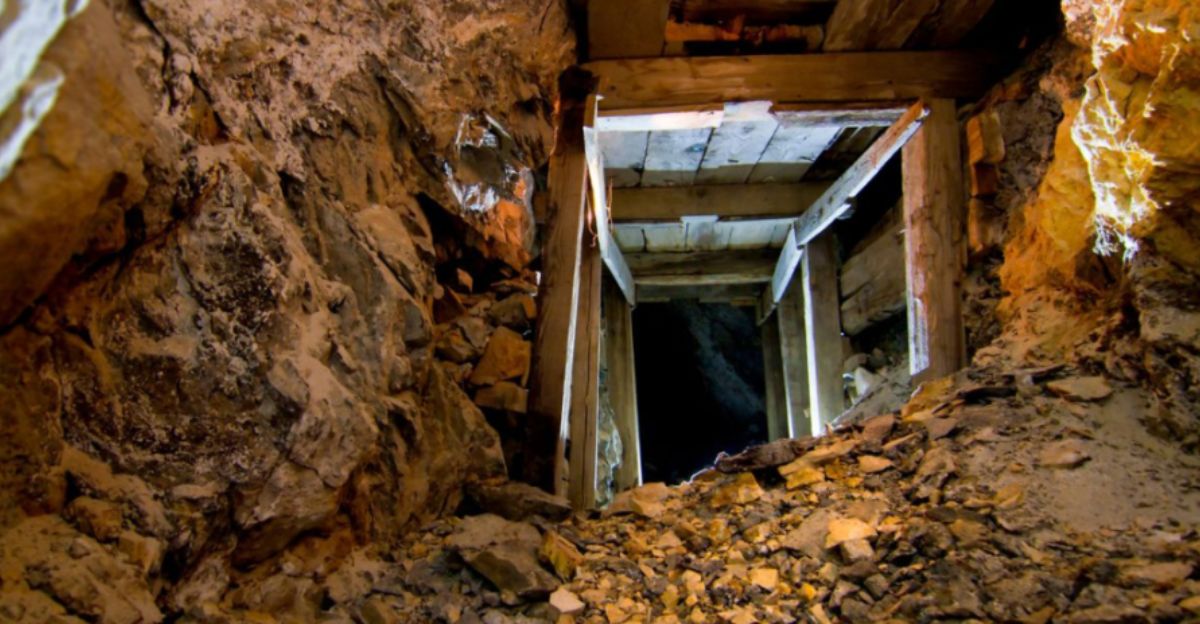
This discovery wouldn’t have been possible without breakthroughs in geological exploration. Advanced three-dimensional geological modeling allowed researchers to pinpoint gold veins at unprecedented depths. These cutting-edge techniques not only improve mining efficiency but also open the door for deeper resource extraction—raising concerns about how far industry expansion will push into untouched landscapes.
A New Era in Mineral Exploration
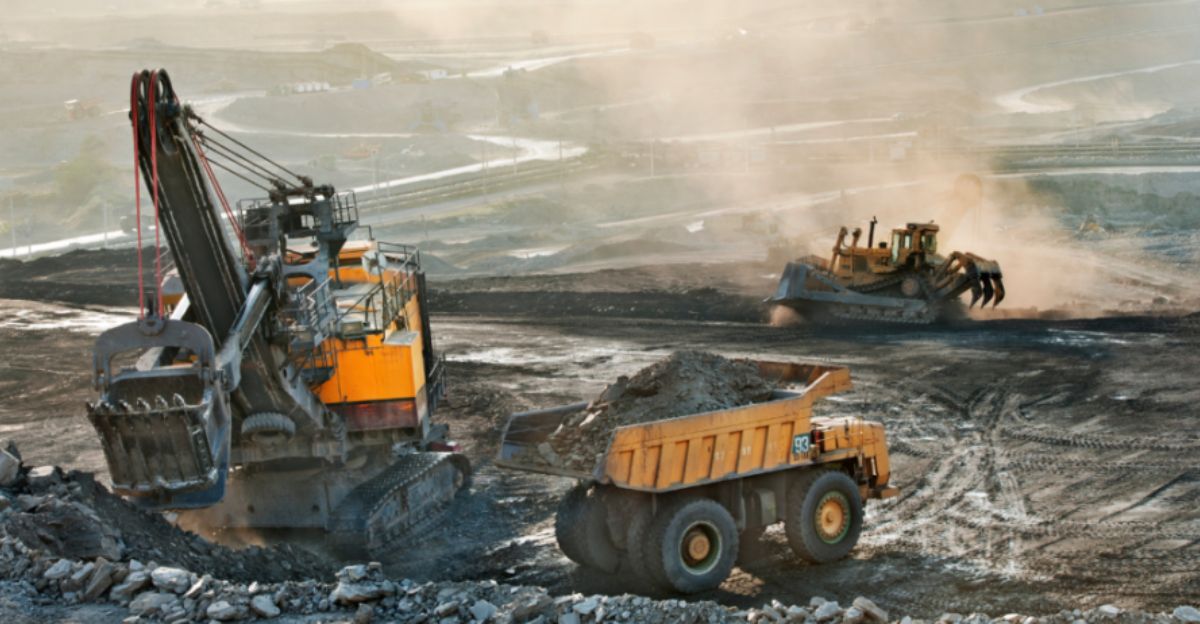
Experts like Liu Yongjun from the Hunan Geological Bureau say new drilling and surveying methods have changed how gold is found. These tools help reach gold that was once out of reach, making mining more effective. But while this is a big step forward, it also brings new concerns about its impact on the environment and local communities.
A Game-Changer for China’s Gold Industry

This discovery has the potential to cement Hunan province as a global gold powerhouse. By tapping into this vast deposit, China could further strengthen its hold on the precious metals market while reducing its reliance on gold imports. Yet, while the economic impact is undeniable, so is the ecological cost. As mining operations expand, the region’s delicate wildlife habitats may face an uncertain future.
More Jobs and Infrastructure
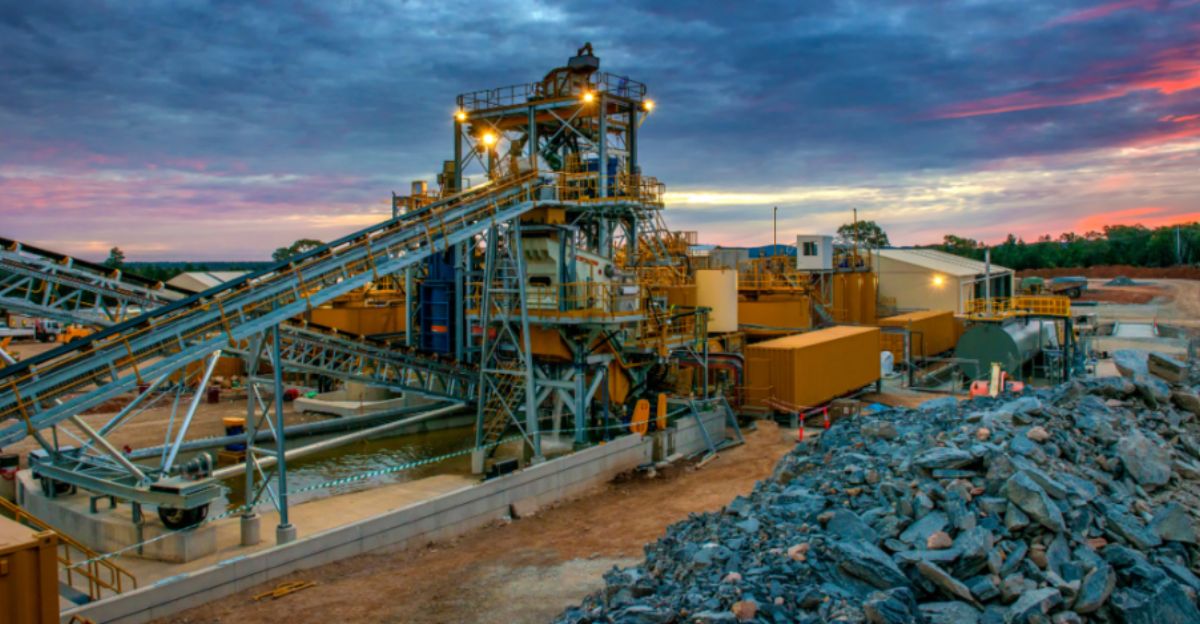
This incredible gold discovery is not just a financial opportunity; it’s a catalyst for economic growth! As mining operations flourish, we could see thousands of jobs created in extraction, refining, and transportation. Beyond that, related industries will thrive, too! The necessary improvements in roads, railways, and energy infrastructure will usher in substantial enhancements for the entire region, transforming it for the better.
Drawing Global Interest

A gold deposit of this magnitude is bound to capture international attention. Major mining companies and financial institutions may look to invest in China’s mining sector, bringing an influx of foreign capital. Increased global involvement could drive technological advancements, making resource extraction more efficient while fueling further economic expansion.
The Environmental Price of Mining

While the economic benefits are clear, large-scale mining operations come with significant environmental risks. Clearing land, excessive water consumption, and carbon emissions from extraction processes can take a serious toll on the surrounding ecosystem. Researchers stress the need for responsible mining practices to minimize damage and ensure long-term sustainability.
Threats to Wildlife and Waterways

Nestled in Pingjiang County, Hunan Province, this massive gold deposit sits in a biodiverse region where mining could have lasting consequences. Clearing vegetation and reshaping the land may destroy habitats, pushing local wildlife to the brink. Additionally, waste runoff from mining can pollute water sources, affecting aquatic life, agriculture, and communities that rely on these waterways. Environmental assessments are crucial to gauge the full impact and establish safeguards.
Finding a Balance Between Profit and Preservation
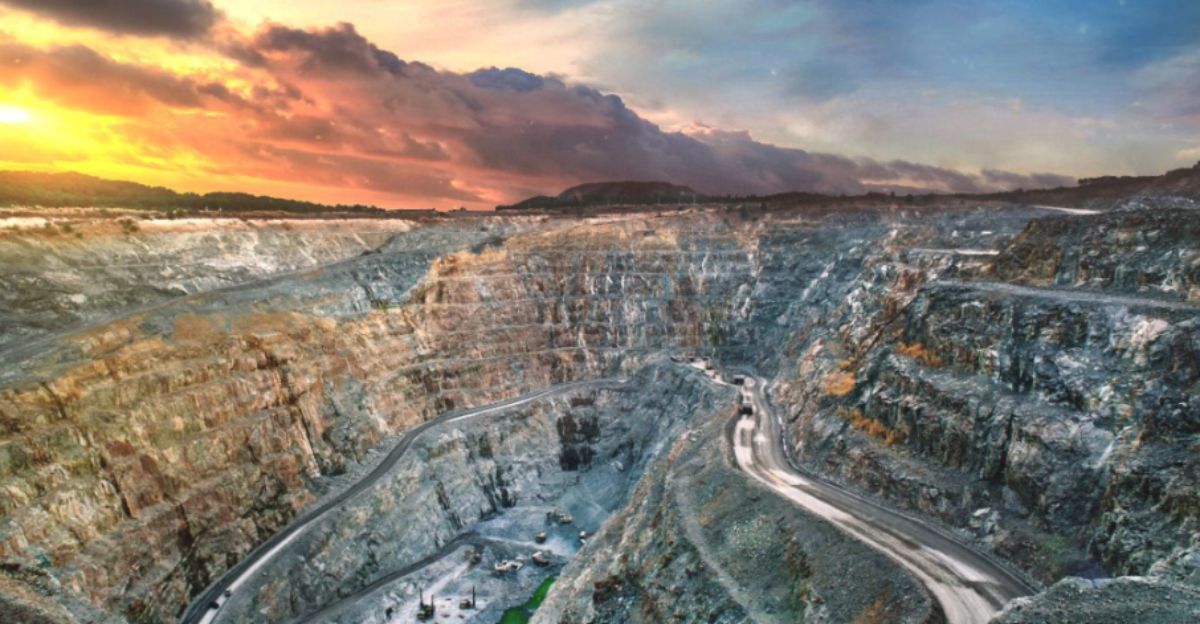
Mining can’t come at the expense of the environment. Careful planning and thorough feasibility studies are essential to strike a balance between economic gain and ecological responsibility. Government policies must prioritize sustainable practices, ensuring that mining operations leave minimal long-term damage while still benefiting local and national economies.
A Gold Discovery Unlike Any Other
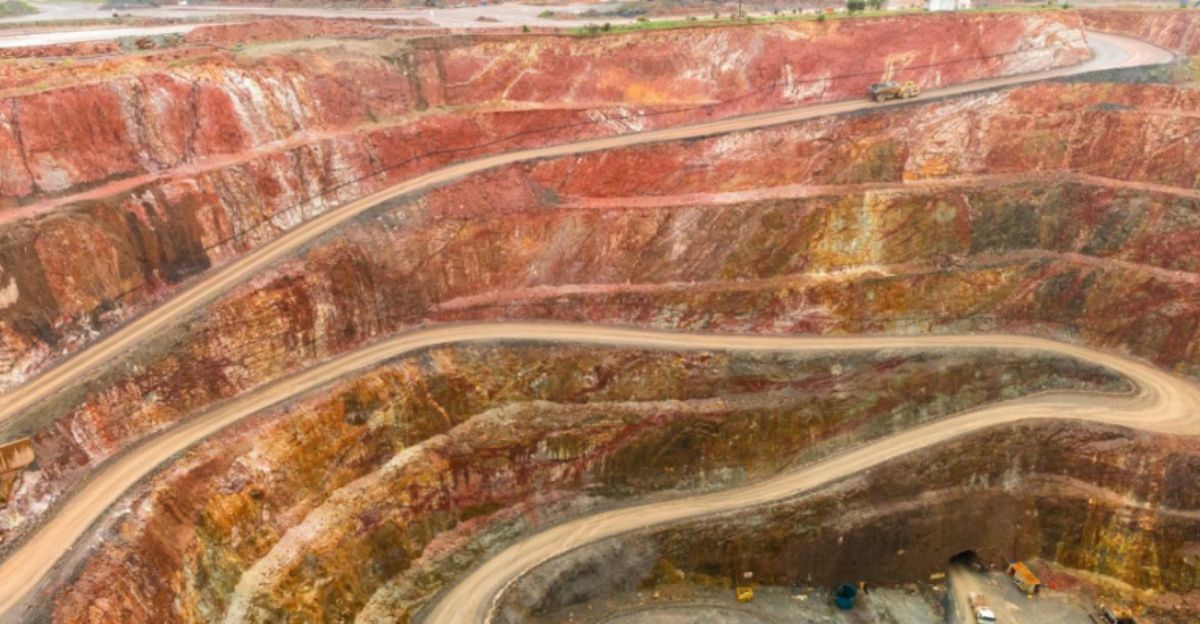
The sheer scale of the Wangu gold field deposit places it among the largest in the world. It even surpasses South Africa’s South Deep mine, which holds approximately 900 metric tons of gold. This discovery solidifies China’s standing in the global gold industry, further strengthening its dominance in precious metals production.
A Game-Changer for the Mining Industry

Hunan province is becoming a key player in China’s gold industry. The Wangu gold field is attracting investment from local and global companies, marking a significant development for mining. The new methods used to discover this gold could change how we explore minerals, leading to exciting finds in deeper areas. The future looks promising, with much to anticipate!
Explore more of our trending stories and hit Follow to keep them coming to your feed!

Don’t miss out on more stories like this! Hit the Follow button at the top of this article to stay updated with the latest news. Share your thoughts in the comments—we’d love to hear from you!







